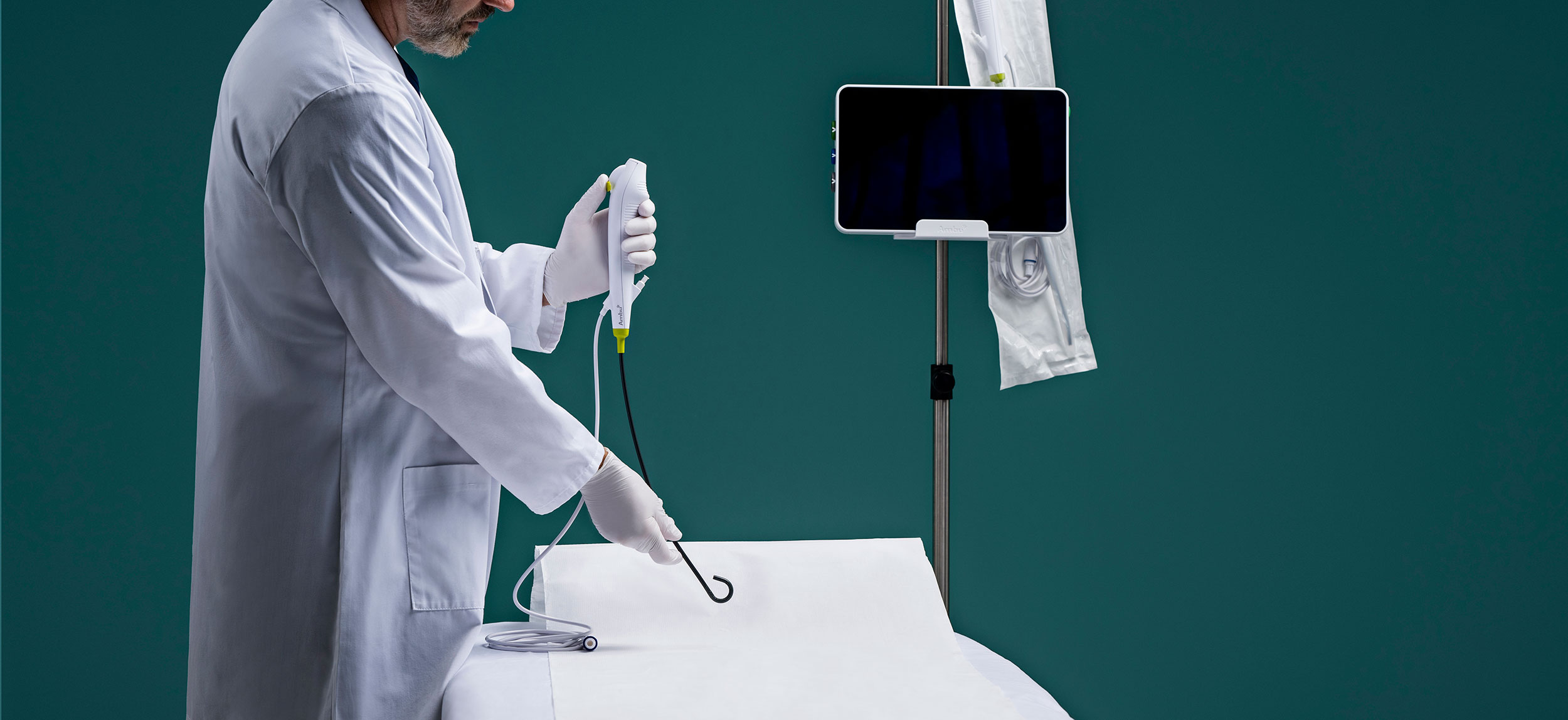
For many of the same reasons humans have chosen to dwell in cities for centuries, bacteria thrive in communities known as biofilm.
A recent Ofstead & Associates webinar called “Biofilm: A slimy microbial community that lives on medical devices,” explores how biofilm forms and the challenges it creates in reprocessing reusable medical devices. It also draws comparisons to the benefits people experience in urban settings.
The presenters, Cori L. Ofstead and Krystina M. Hopkins, describe biofilm as a “slimy microbial community that adheres to surfaces” and is extremely difficult or impossible to remove.
“You’ve probably seen biofilm without even realizing it,” Hopkins said before providing real-world examples. “Maybe you’ve slipped over slimy rocks trying to cross a creek bed, or you had to have the dentist scrape plaque off your teeth. Both of these are examples of biofilm, and biofilm is actually how most bacteria prefer to live.”
For humans, the benefits of city living include:
Biofilm provides many of the same benefits for bacteria. It facilitates communication between germs and allows for specialization. It provides access to food and water while managing wastes. On medical devices, it provides protection from antibiotics, reprocessing chemicals, and mechanical flushing and brushing.
Bacteria communicate by releasing chemicals, Hopkins explained. When they’re free-floating — or alone — those chemicals are likely to disintegrate before reaching other bacteria. Inside of biofilm, where bacteria are right next to one another, the chemical secretion will likely be “heard” by other bacteria.
“These messages are fundamental to the biofilm’s survival because bacteria can learn and follow orders from each other just like we do,” Hopkins says.
Examples of such lessons are:
While showing a picture Windsor Castle in the United Kingdom, Hopkins drew comparison between it and bacterial communities.
“People figured out a long time ago that banding together and building walls like these would keep them safer and more productive than trying to do it all on their own out in the open,” she said of the centuries-old castle. “Biofilm is just like that. It walls off the bacterial community from threats in the surrounding environments while providing a lively social community inside and even allowing for occasional day trips if you want to get out and explore or try your luck somewhere else. It’s a pretty sweet deal.”
For these kinds of critical insights and much more — including the four stages of biofilm development — click here for the free webinar.


